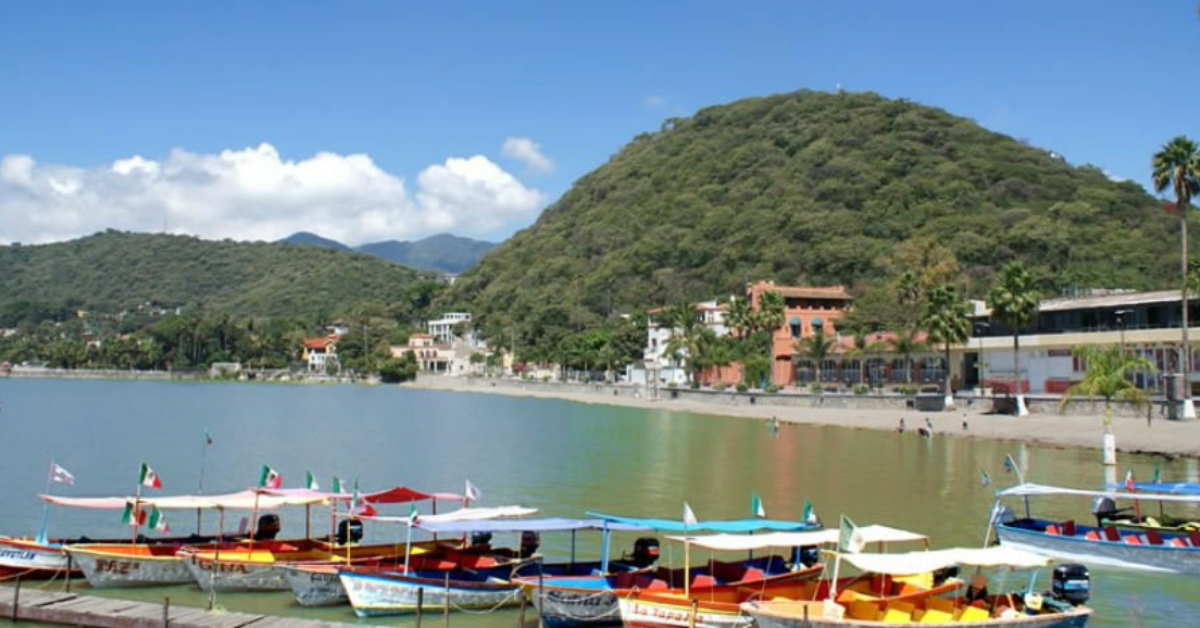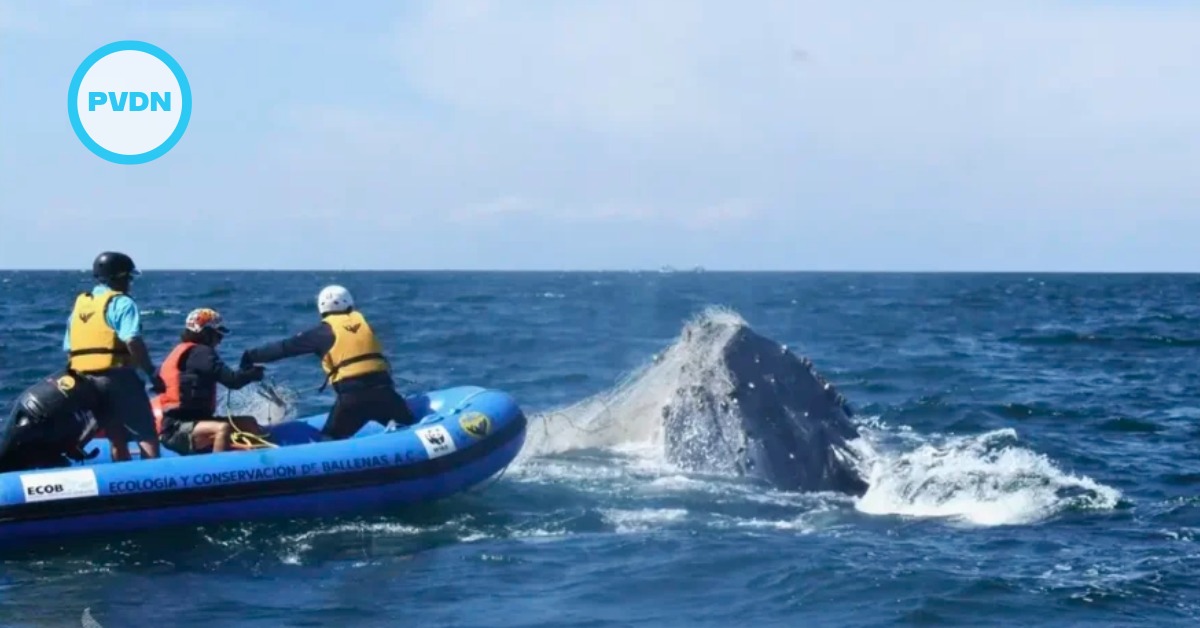The University of Guadalajara’s Chapala campus formed a multidisciplinary committee on June 25, 2025, to protect and promote the region’s tangible and intangible heritage in line with UNESCO and state law.
On June 25, 2025, the Chapala University Center (CUChapala) of the University of Guadalajara (UdeG) formally installed the Committee for the Safeguarding of the Cultural Heritage of the Chapala Riverbank. The new body aims to protect, preserve, and share the region’s rich tangible and intangible heritage in accordance with UNESCO guidelines, the Cultural Heritage Law of Jalisco, and the . . .







